Learn how Hyperbaric Oxygen Therapy HBOT promotes cellular repair, supports brain function, and improves long-term recovery using proven medical protocols.
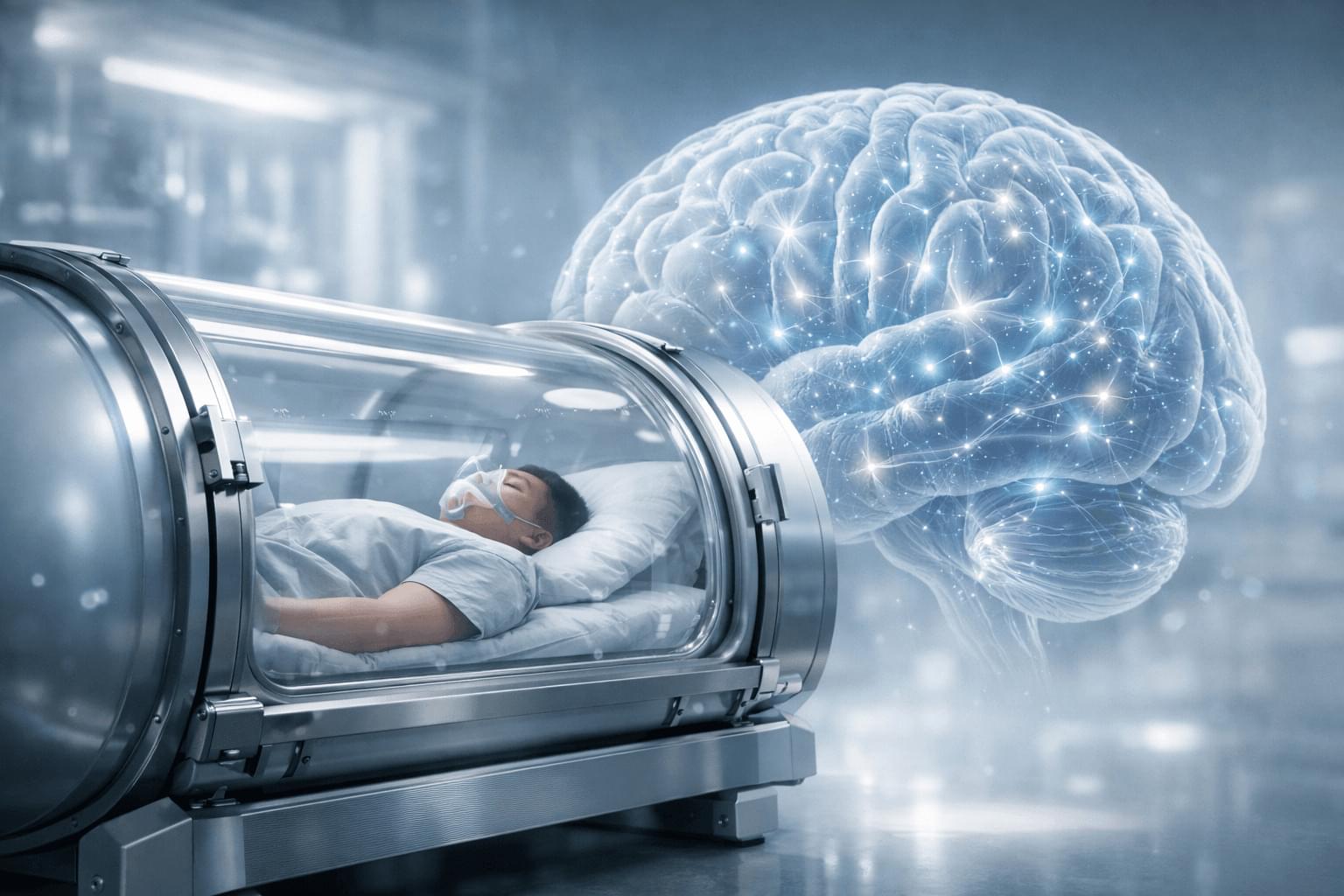

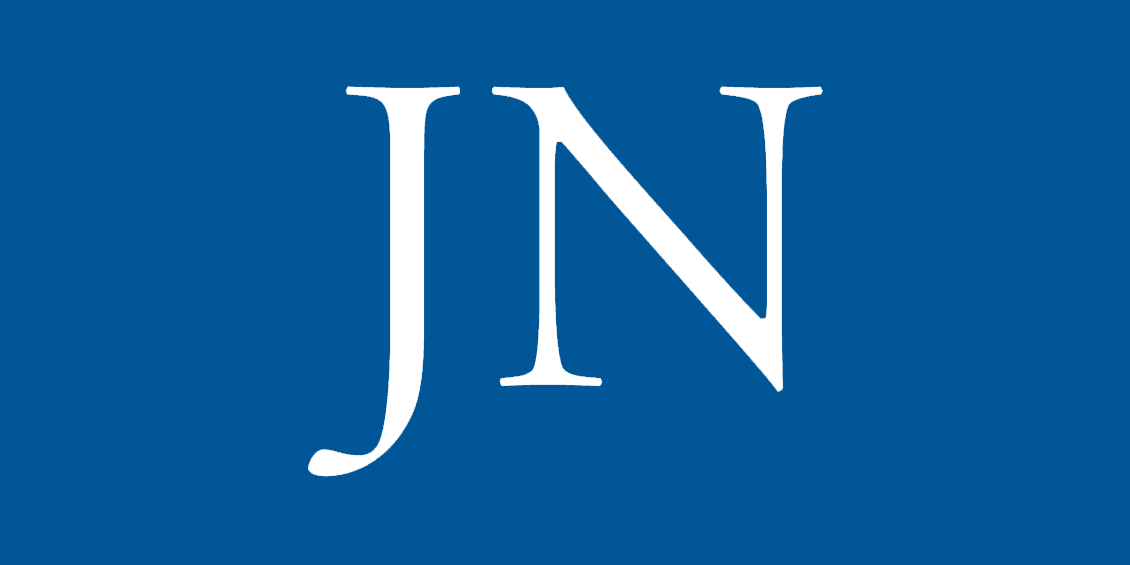
New in JNeurosci from Wang et al: Impaired ATP release in the dorsal hippocampus of male mice may lead to depressive-and anxiety-like behavior. Connexin 43 may be a key molecular player in this mechanism.
▶️
Depression is a common psychiatric disorder, and increasing evidence implicates the dysregulation of extracellular ATP and hippocampal dysfunction in its pathophysiology. However, whether ATP release is involved in depression and mechanisms underlying this involvement remain unclear. Moreover, the basis for the comorbidity of depression and anxiety disorders remains unclear. In our study, we observed reduced connexin 43 (Cx43) and extracellular ATP levels in the dorsal hippocampus but not ventral hippocampus of susceptible adult male mice exposed to chronic social defeat stress. Conditional knockout of astrocytic Cx43 or its specific knockdown in dorsal hippocampal astrocytes led to depressive-and anxiety-like behaviors, whereas neuronal knockout of Cx43 had no effect on these behaviors. These deficits were accompanied by decreased extracellular ATP levels, while supplementation with exogenous ATPγS reversed these behavioral deficits. We further identified Cx43 as a critical regulator of ATP release and a modulator of astrocytic network connectivity and morphology. Notably, overexpression of Cx43 combined with the inhibition of ATP-degrading enzymes in the dorsal hippocampus restored ATP levels and ameliorated behavioral deficits. Taken together, our results demonstrate that deficiency of ATP release from dorsal hippocampal astrocytes leads to depressive-and anxiety-like behaviors, primarily through Cx43. These findings shed new light on the mechanisms by which ATP regulates depression and anxiety pathogenesis and the role of dorsal hippocampus in depression and anxiety, providing potential therapeutic targets for treating these comorbid disorders.
Significance statement This study provides the first direct evidence of a causal relationship between astrocytic Cx43 in the dorsal hippocampus and depressive-like behaviors. It highlights the crucial role of ATP release in the comorbidity of depression and anxiety. Astrocyte-specific knockout or knockdown of Cx43 in the dorsal hippocampus resulted in reduced extracellular ATP levels and emotional disturbances. Conversely, restoring Cx43 expression combined with inhibition of ATP degradation rescued both ATP levels and behavioral deficits in susceptible mice. These findings underscore the central role of astrocytic Cx43-mediated ATP release in the pathophysiology of depression and highlight promising therapeutic strategies for the treatment of comorbid depression and anxiety.
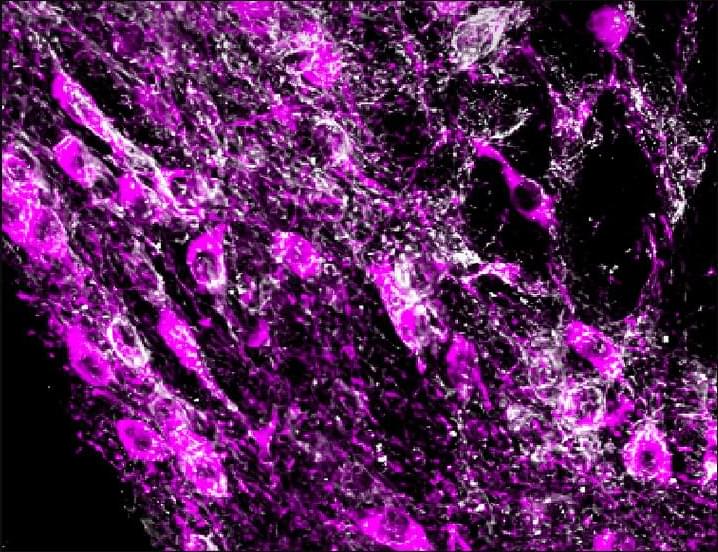
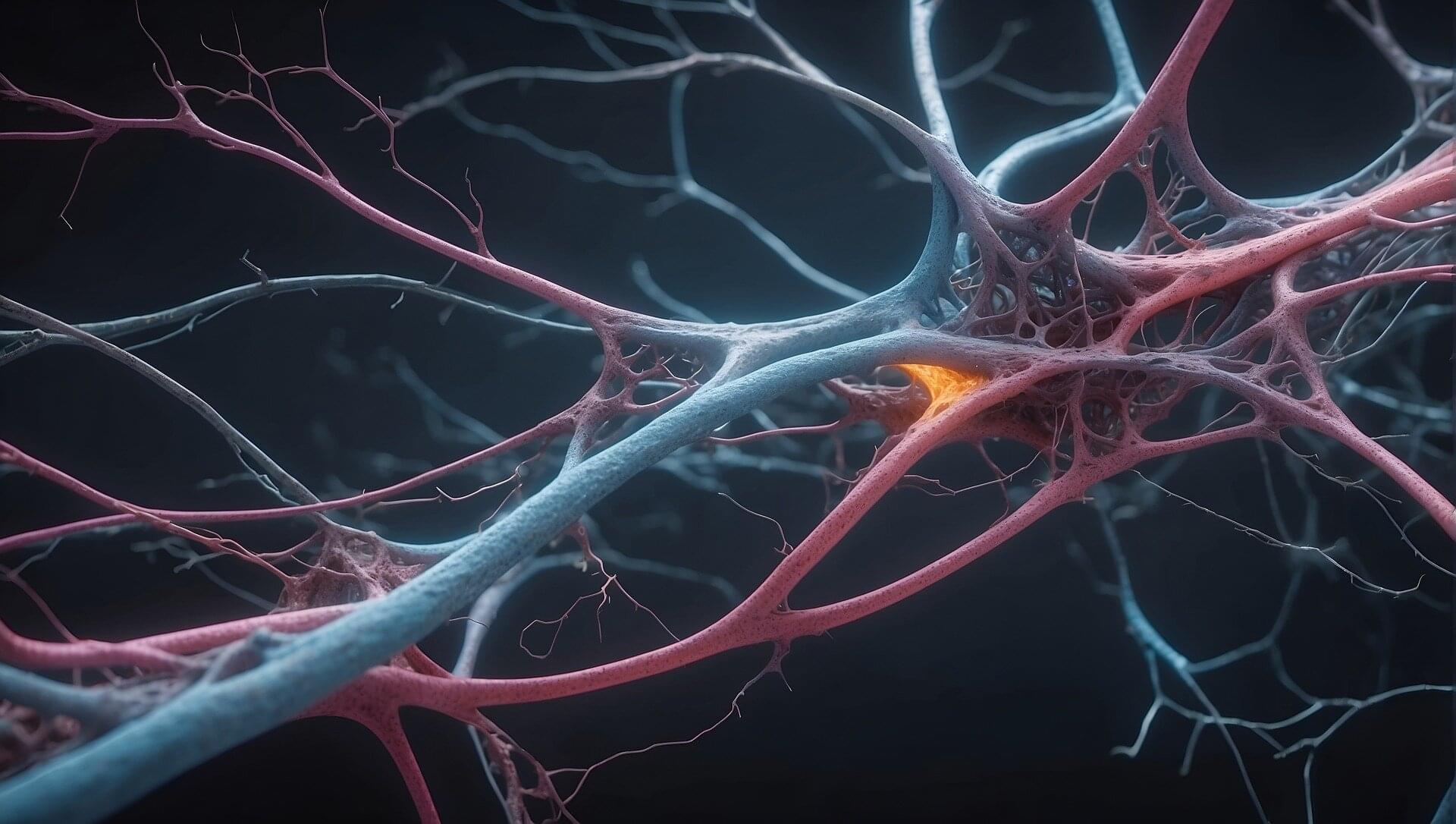
Researchers have unveiled a breakthrough technology that could transform the way scientists build and study lab-grown brain tissue models. The innovation, called Cellular RedOx Spreading Shield (CROSS), delivers long-lasting antioxidant protection to stem cells, enabling the reliable production of high-quality extracellular vesicles (EVs) that strengthen neuron-glia networks.
The study, published in the journal Advanced Functional Materials, was led by University of Illinois Urbana-Champaign chemical and biomolecular engineering professor Hyunjoon Kong and chemistry professor Hee Sun Han, and performed by Ryan Miller, currently a post-doctoral fellow at Georgia Tech.
Jonghwi Lee, in the chemical engineering department at Chung-Ang University in South Korea, and Young Jun Kim at the Korean Institute of Science and Technology–Europe, collaborated on the project.
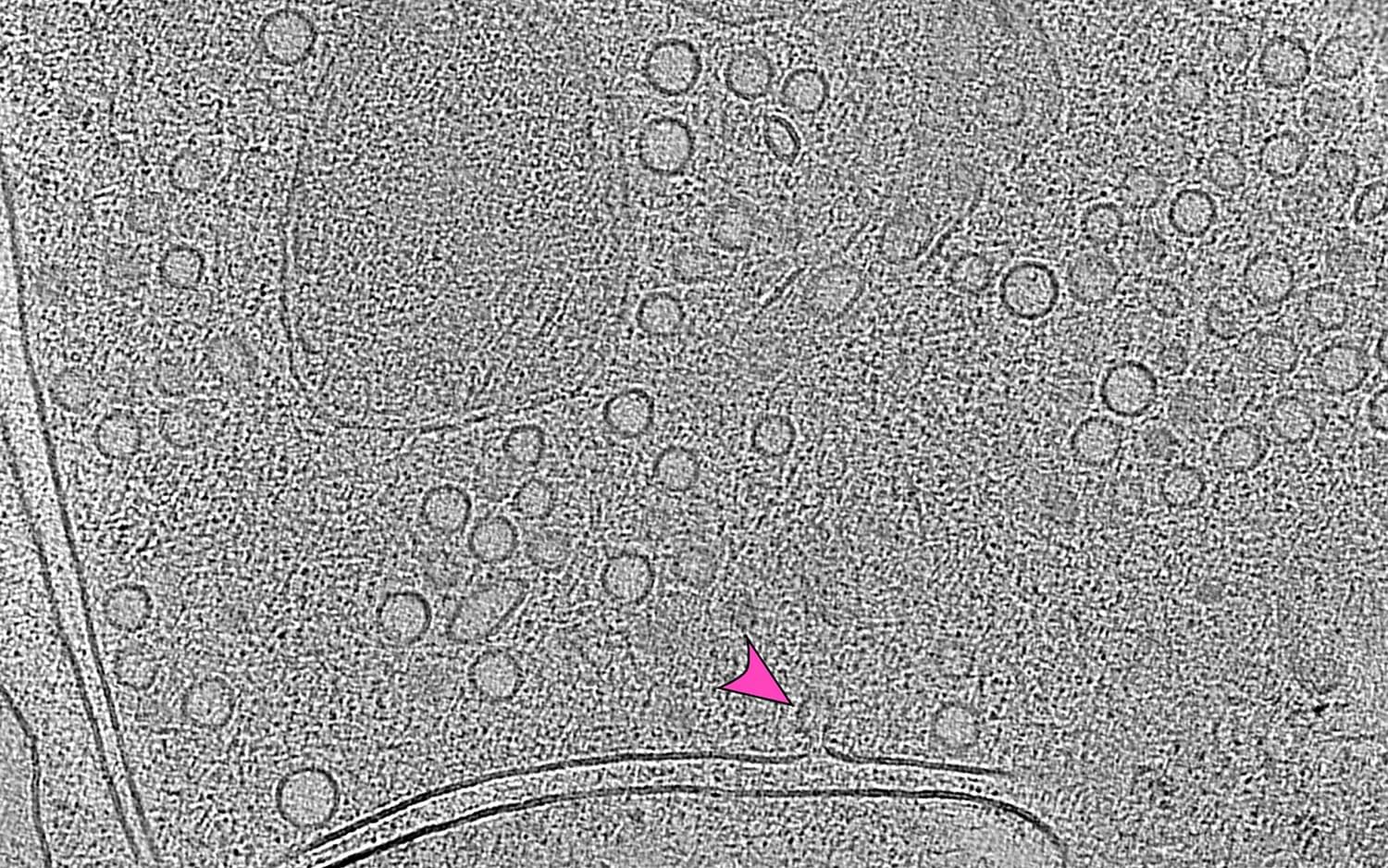
It takes just a few milliseconds: A vesicle, only a few nanometers in size and filled with neurotransmitters, approaches a cell membrane, fuses with it, and releases its chemical messengers into the synaptic cleft—making them available to bind to the next nerve cell.
A team led by Professor Christian Rosenmund of Charité—Universitätsmedizin Berlin has captured this critical moment of brain function in microscopic images. They describe their achievement in the journal Nature Communications.
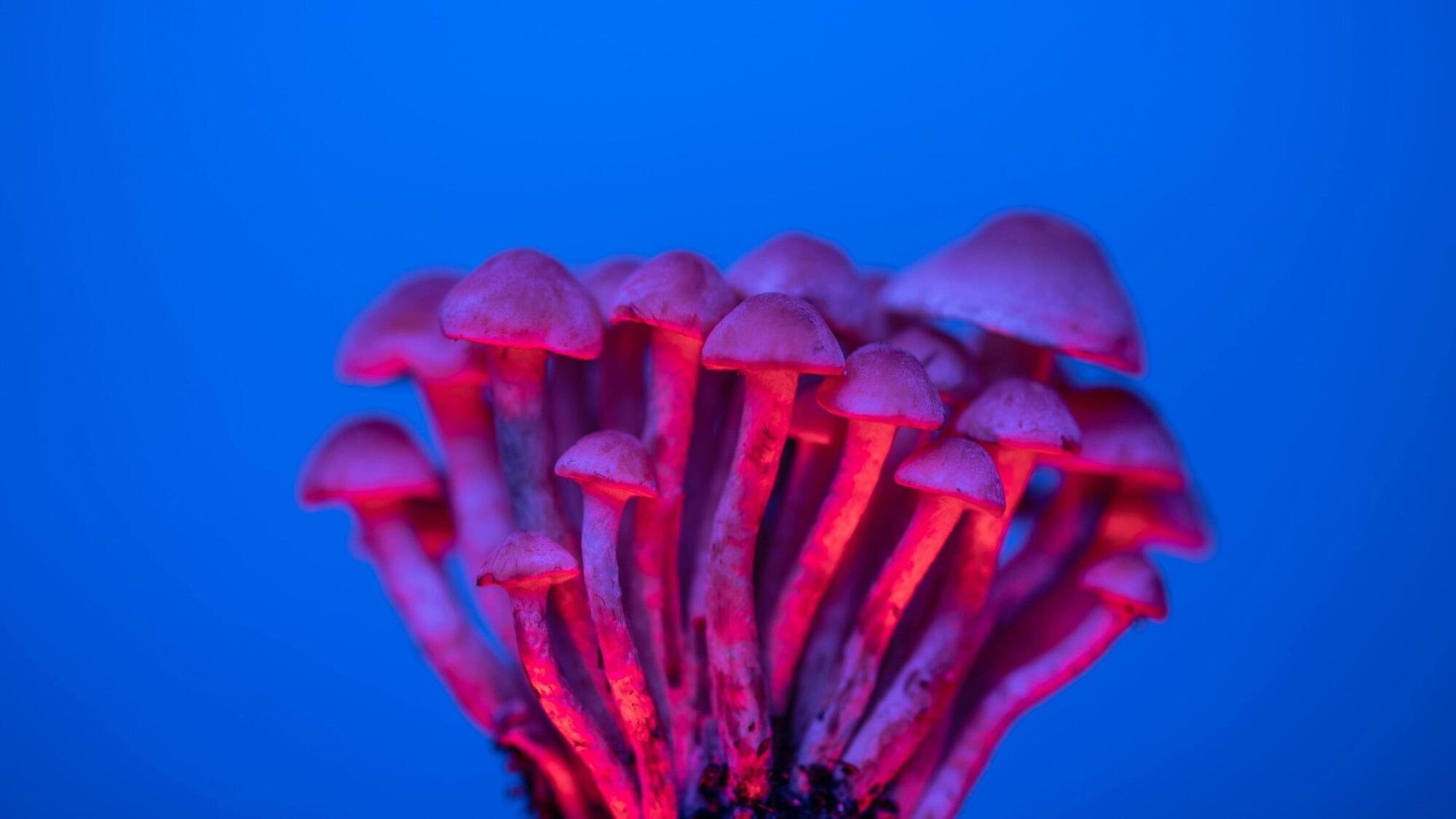
In a review of previous studies, McMaster University researchers observe a stronger signal for psilocybin as a treatment for obsessive-compulsive disorder than cannabinoids.
Obsessive-compulsive disorder involves persistent, intrusive thoughts and repetitive mental or physical behaviors, and requires long-term treatment to alleviate symptoms. The ethology of the disorder appears complex, involving multiple biological pathways. Imbalances in central serotonin, dopamine, and glutamate activities are widely thought to play a causative role, placing neurochemistry at the center of many treatment strategies.
First-line treatment includes selective serotonin reuptake inhibitors and cognitive behavioral therapy using exposure and response prevention. Roughly 40–60% of patients remain unresponsive to psychotherapy or pharmacotherapy, alone or combined, placing many people in the category of treatment-resistant OCD.
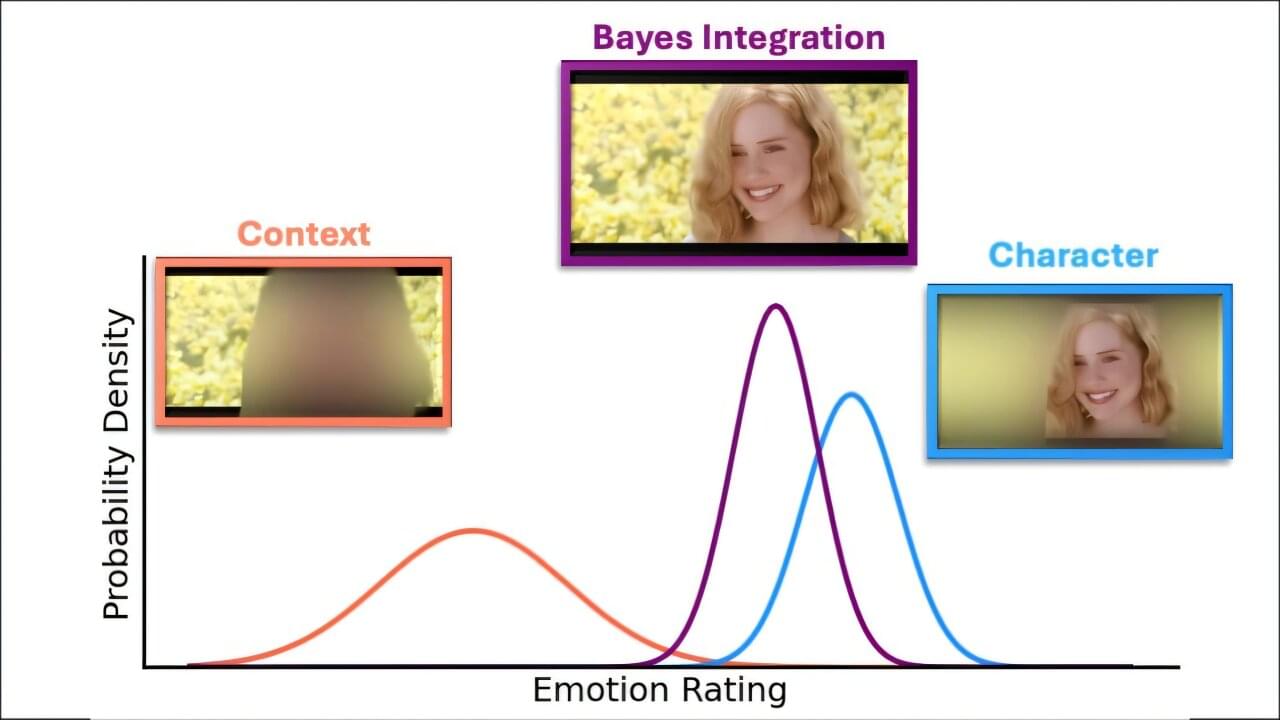
Are you a social savant who easily reads people’s emotions? Or are you someone who leaves an interaction with an unclear understanding of another person’s emotional state?
New UC Berkeley research suggests that those differences stem from a fundamental way our brains compute facial and contextual details, potentially explaining why some people are better at reading the room than others—sometimes, much better.
Brain imaging of 30,000 people revealed that ultra-processed foods are associated with structural differences in the brain that could fuel overeating.
The study suggests that additives like emulsifiers may influence these effects. While some processed foods are beneficial, ultra-processed products pose a clear risk.
Brain imaging study reveals concerning links to ultra-processed foods.


Scientists have used a specially engineered virus to help track the brain changes caused by psilocybin in mice, revealing how the drug could be breaking loops of depressive thinking.
This may explain why psilocybin keeps showing positive results for people with depression in clinical trials.
“Rumination is one of the main points for depression, where people have this unhealthy focus, and they keep dwelling on the same negative thoughts,” says Cornell University biomedical engineer Alex Kwan.